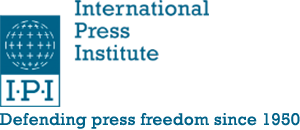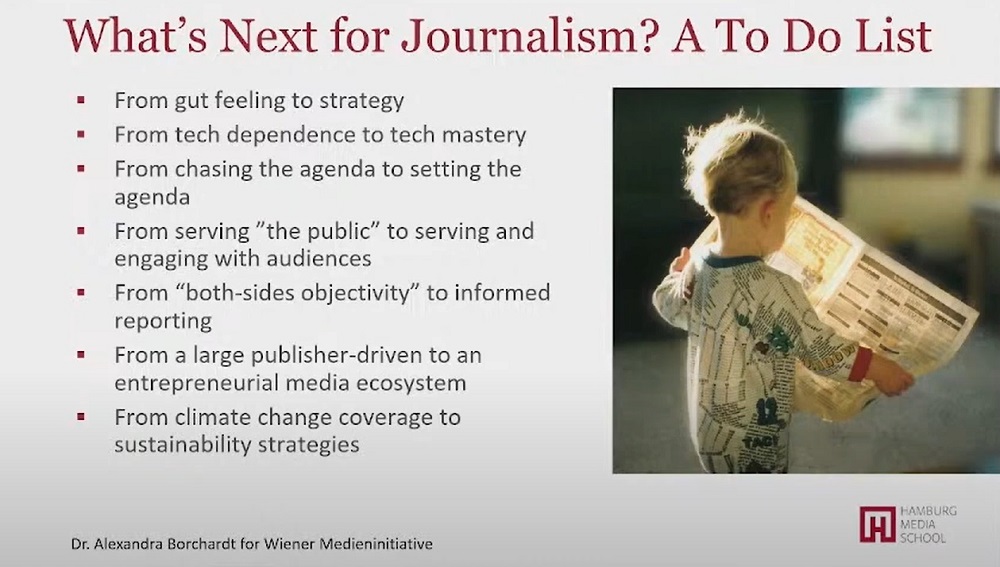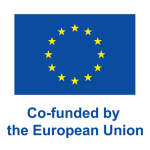This text comes from IPI’s newsletter The Outlook. Click here to sign up to receive future editions direct to your inbox.
This is The Outlook, IPI’s media innovation newsletter which brings you inspiration and ideas to borrow from independent media entrepreneurs around the world.
The cracks have been visible for a while in media business models centered on traffic and advertising revenue. Forging closer connections directly with the target community is one alternative way publishers are now pursuing growth. This week we’re exploring some examples of what community-focused and niche media looks like in practice – and how that translates to revenue.
One thing is for certain: these changes bring huge opportunities for those who can rise to the challenge.
The challenge: Finding an alternative model to reach
Journalist and media advisor Alexandra Borchardt named the shift from publisher-driven journalism to an entrepreneurial media ecosystem as one of the big changes to look for in journalism – see the slide from her World Congress presentation below.
The recent steep decline of Buzzfeed and Vice only proved that audience reach and advertising are not necessarily enough to build a media organization on, and the past few years have seen a huge number of independent, smaller media launching with community at their heart.
It’s an exciting step, bringing the promise of journalism that is more closely in touch with readers. But it leads to several challenges, not least the question of how to make it pay.
The solution: Define what community means to your media
During IPI’s Transition Accelerator, Austrian newsroom andererseits, which covers the news for and with people with disabilities, grappled with these questions.
They are one year into a community-focused business model, and part of their learning journey has been a switch from asking about their reader demographics, and focusing on what these people need from them.
Journalist Clara Porák told us that whether a reader is 16 and lives in a big city, or aged 59 from a small village, they come to andererseits to gain new perspectives – and a sharp focus on meeting that need is more important than the choice of format.
They have also been strict in stripping away all activities that don’t support the core purpose – journalism. Experiments with sponsored events brought in revenue but took valuable time away from journalism, so the team organized smaller, simpler events focused solely on fostering community rather than as a money-maker.
An example of a newsroom that has been around a few years longer is audio-first investigative outlet Tortoise, which provides an example of keeping your core community close even at scale.
Speaking at IPI’s World Congress, editor Basia Cummings explained how a “windowing strategy” made episodes available earlier for the most dedicated, paying listeners. Tortoise has always offered membership and keeps this for loyal followers, but also makes it easy for casual listeners to contribute to revenue through a larger ‘supporter’ tier.
Watch Cummings speak about the opportunities in audio with Roby Alampay of Puma Podcasts in the Philippines and Zuzanna Olejniczak, producer for Outriders in Poland.
The Takeaway: You can’t be everything to everyone.
Choosing what not to do is a crucial part of strategy, especially for community-focused media.
For andererseits, this meant scrapping activities that are bringing in revenue if they’re not a clear match with the core organizational purpose and values. For Tortoise, it meant deciding not to try to convert everyone to membership as they reached many more people, and introducing a new tier of subscription to meet the needs of casual listeners or those only interested in one part of the product.
For other media innovators, it might start with a clear review of what you know not just about who your audience is, but what they come to your media outlet for.
News from IPI’s Media Sustainability Team
We’ll be talking more about these issues at our next virtual newsroom visit, taking place on September 25th, where Tribal News Network will take us behind the scenes and share insights from their model of citizen-powered reporting, as well as how they developed a business model based on building partnerships.
The event takes place on Zoom and is open to members of IPI’s global network – sign up here.
Funding opportunities for media
- MENA-based media entrepreneurs aged between 18 and 35 are eligible to apply for a startup accelerator run in partnership with DW Akademie and Elbiro Media Foundation. It’s aimed particularly at projects that are strengthening media literacy and/or countering disinformation.
- Two separate opportunities here for organizations working on fact-checking and fighting disinformation in Europe: A call for proposals from the European Media & Information Fund offering funding up to €55,000 for projects up to six months or €80,000 for projects up to 12 months, and a European Commission call for proposals for an 18-month project examining misleading narratives in several subject areas.
- US-based journalists or teams can apply for grants from the Economic Hardship Reporting Project to support projects reporting on economic inequality.
IPI’s media innovation and sustainability work is made possible with support from the European Union, Friedrich Naumann Foundation and ERSTE Foundation.




